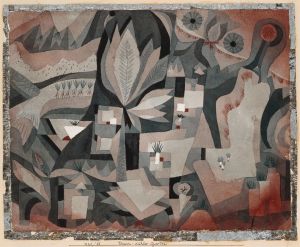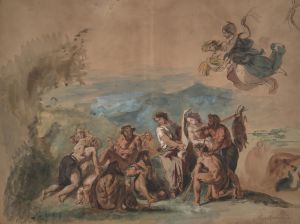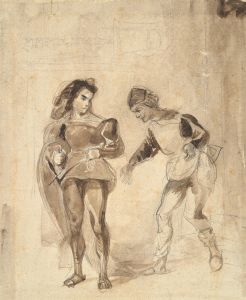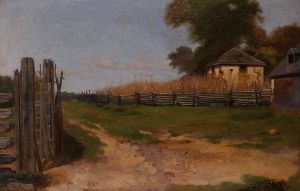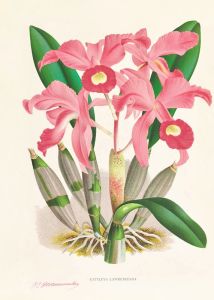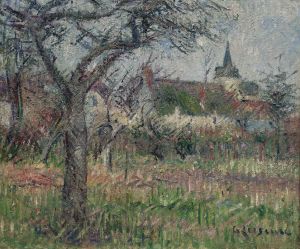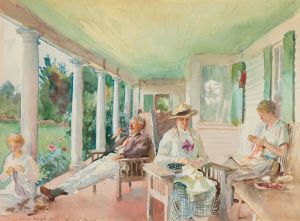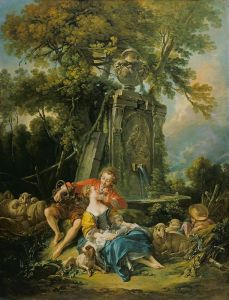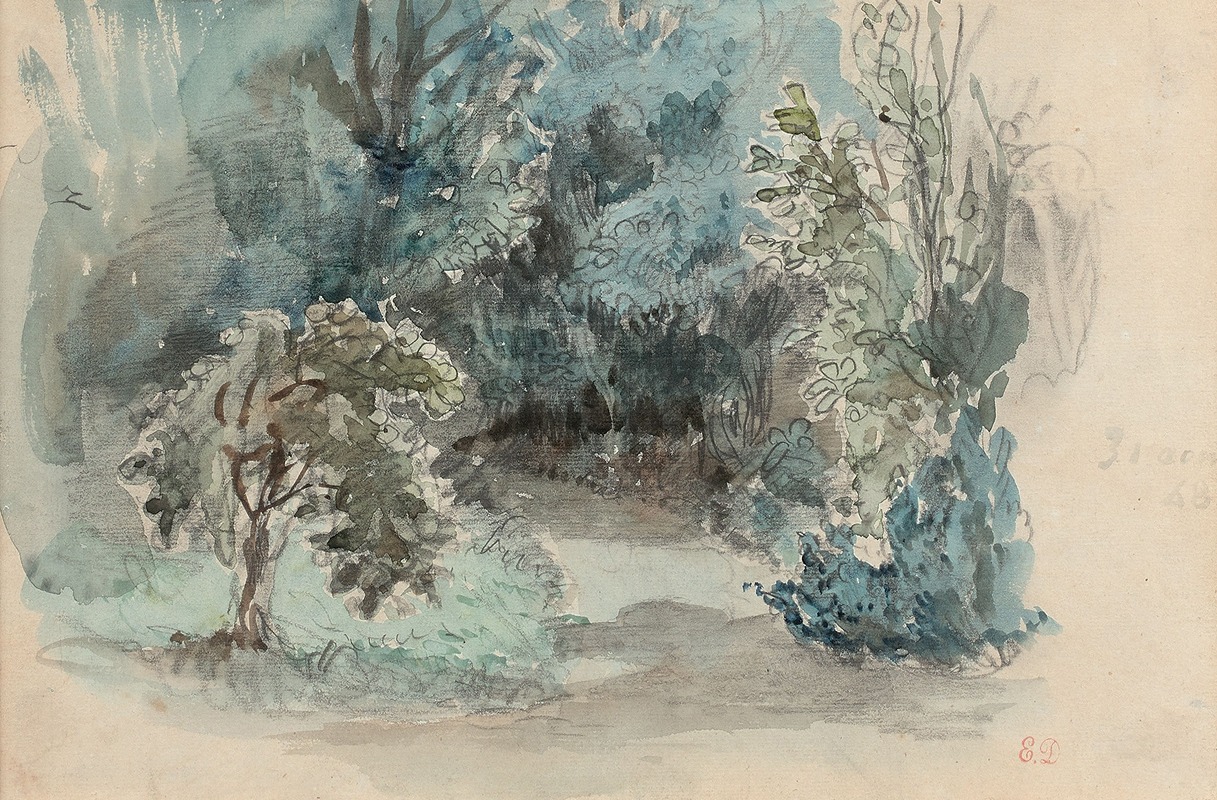
Vue présumée du jardin de Champrosay
A hand-painted replica of Eugène Delacroix’s masterpiece Vue présumée du jardin de Champrosay, meticulously crafted by professional artists to capture the true essence of the original. Each piece is created with museum-quality canvas and rare mineral pigments, carefully painted by experienced artists with delicate brushstrokes and rich, layered colors to perfectly recreate the texture of the original artwork. Unlike machine-printed reproductions, this hand-painted version brings the painting to life, infused with the artist’s emotions and skill in every stroke. Whether for personal collection or home decoration, it instantly elevates the artistic atmosphere of any space.
Eugène Delacroix, a leading figure of the French Romantic movement, is renowned for his expressive brushwork and vibrant use of color. Among his numerous works, "Vue présumée du jardin de Champrosay" is a painting that reflects his deep appreciation for nature and his ability to capture its essence on canvas. Although specific details about this painting are scarce, it is believed to depict the garden of Champrosay, a place associated with Delacroix's life and work.
Champrosay is a small village located near Draveil, in the Île-de-France region, not far from Paris. During the 19th century, it was a popular retreat for artists and writers seeking solace and inspiration away from the bustling city. Delacroix himself was known to have spent time in Champrosay, where he found a peaceful environment conducive to his artistic endeavors. The garden at Champrosay, with its lush greenery and tranquil ambiance, would have provided an ideal setting for Delacroix to explore his fascination with nature.
Delacroix's approach to landscape painting was heavily influenced by his Romantic sensibilities. Unlike the precise and detailed landscapes of earlier periods, Romantic landscapes often emphasized emotion and the sublime aspects of nature. Delacroix's work in this genre is characterized by dynamic compositions, bold color contrasts, and a focus on the atmospheric effects of light and shadow. These elements are likely present in "Vue présumée du jardin de Champrosay," showcasing Delacroix's skill in conveying the mood and spirit of a place.
Throughout his career, Delacroix was deeply inspired by the natural world, and he often incorporated elements of nature into his paintings, whether as the primary subject or as a backdrop to his dramatic historical and literary scenes. His travels to North Africa and his exposure to the vibrant landscapes there further enriched his palette and deepened his understanding of light and color, which he applied to his depictions of European landscapes as well.
While specific information about "Vue présumée du jardin de Champrosay" is limited, it can be appreciated within the broader context of Delacroix's oeuvre. His landscapes, though fewer in number compared to his historical and literary works, reveal his versatility as an artist and his ability to capture the ephemeral beauty of nature. Delacroix's landscapes often evoke a sense of movement and vitality, inviting viewers to experience the scene as if they were present within it.
In summary, "Vue présumée du jardin de Champrosay" is a testament to Eugène Delacroix's mastery of landscape painting and his enduring connection to the natural world. While the specifics of this particular work may not be well-documented, it remains an integral part of Delacroix's artistic legacy, reflecting the Romantic ideals of emotion, beauty, and the sublime in nature.





